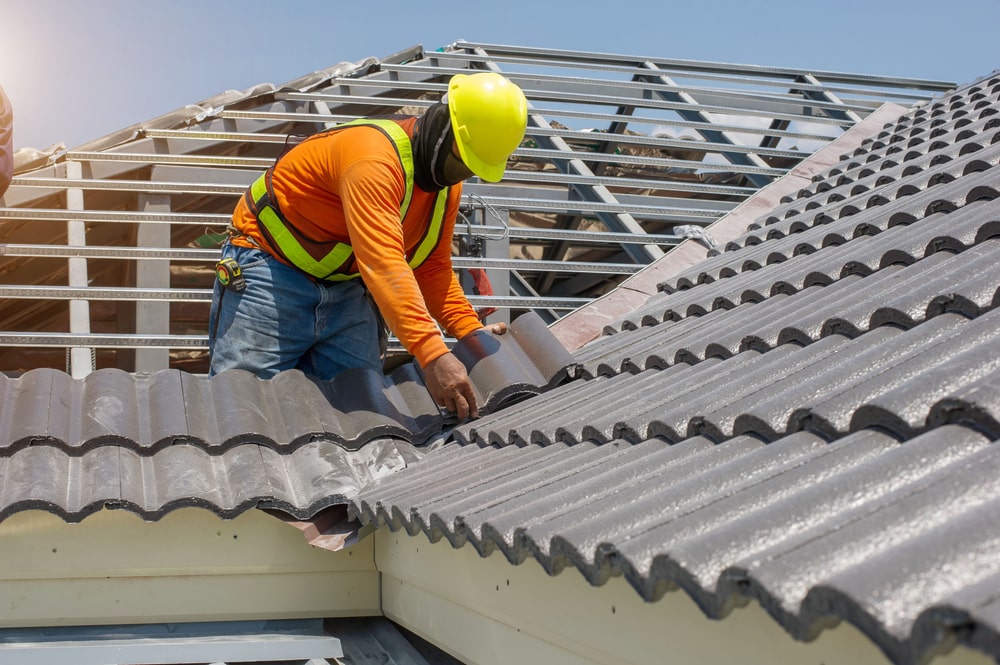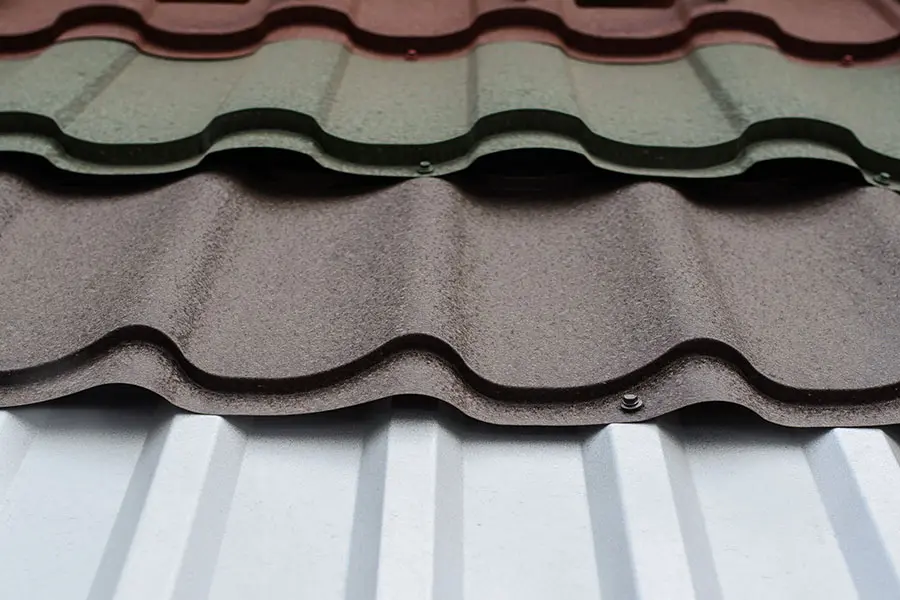The Significance of Selecting Skilled Roofing Companies Gainesville Florida
The Significance of Selecting Skilled Roofing Companies Gainesville Florida
Blog Article
Best Practices for Ensuring Correct Roof Covering Ventilation
A well balanced intake and exhaust vent ratio, frequently 1:300, plays a crucial duty, with consumption vents preferably placed at the lower side of the roof covering for cool air entrance and exhaust vents at the peak for cozy air exit. Keeping insulation away from vents is important to stop air movement constraint.
Understand Ventilation Basics
Properly recognizing air flow fundamentals is necessary for guaranteeing the longevity and performance of roof. Effective ventilation minimizes dampness accumulation and temperature level extremes in the attic, both of which can bring about considerable architectural damages with time. A well-ventilated roof assists in protecting against usual issues such as mold and mildew growth, timber rot, and ice dams, which can compromise the stability of the roofing products and the underlying frameworks.
The key objective of air flow is to promote the movement of air, enabling a constant exchange in between the indoor and outdoor atmospheres. This equilibrium is attained via a mix of consumption and exhaust vents that function with each other to preserve optimum air flow. Intake vents, generally situated along the eaves or soffits, permit fresh air to enter the attic area, while exhaust vents, often situated at or near the roof ridge, allow warm, damp air to leave.
Trick aspects influencing the performance of roof covering air flow include proper positioning, appropriate sizing, and guaranteeing that both consumption and exhaust vents are unhampered. Routine inspection and upkeep are vital to identify potential clogs, damage, or ineffectiveness in the ventilation system, thus securing the roof's performance and durability.
Kinds Of Roof Covering Vents
Roof vents play a vital role in maintaining efficient attic room air flow and, by extension, the general wellness of the roof system. Different sorts of roofing system vents are readily available, each with special advantages tailored to certain roof demands. Ridge vents, for instance, are set up along the roofing system's top, enabling cozy, damp air to leave from the attic. They supply constant air flow and mix perfectly with the roofline, making them both effective and aesthetically pleasing.

Soffit vents are installed under the eaves and job in tandem with roof vents to guarantee a well balanced intake and exhaust system. By permitting cooler air to get in from below, soffit vents facilitate the expulsion of warm air via top vents. Gable vents, situated on the outside wall surfaces of the attic room, deal an additional reliable service, particularly in homes with gable roof coverings.
Evaluate Your Existing Ventilation

Following, think about the age and problem of your roofing products and air Resources flow parts. Older systems might not follow existing building regulations or may have deteriorated with time, minimizing their effectiveness. Conduct a detailed exam to recognize any indications of wear and tear, such as rust, damage, or gaps that could endanger the system's efficiency.
Furthermore, gauge the attic temperature and moisture levels. Heats and humidity can show poor air flow - gainesville fl roofing companies. Utilize a hygrometer and thermostat to obtain accurate analyses, comparing them with exterior conditions. Consistent discrepancies recommend possible issues that need attending to.
Setup Best Practices
Efficient installation of roof air flow systems is paramount for making sure optimum performance and durability. Appropriate setup starts with understanding the certain air flow demands of the roofing and the building it covers. This involves computing the right ratio of consumption to tire vents, normally adhering to the 1:300 rule, which states one square foot of ventilation for every single 300 square feet of attic flooring area.

The positioning of vents is just as essential. Intake vents need to be installed at the roofing's lower edge, commonly in the soffits, to allow cool air to go into. Exhaust vents, on the various other hand, should be installed near or at the roofing system's top to help with the exit of warm, wet air. This produces an all-natural air flow that assists keep temperature and dampness balance within the attic room space.
Seal all vent links diligently to stop air leakages and possible water seepage. Usage top quality products and follow maker guidelines to make sure toughness and effectiveness. Additionally, integrating ridge vents with baffles can significantly boost air flow efficiency by preventing wind-driven rainfall and snow from going into the attic.
Inevitably, specific setup of roof air flow systems alleviates possible issues such as mold and mildew development, ice dams, and structural damages, making sure the roofing's honesty and the structure's overall health and wellness.
Regular Upkeep Tips
Uniformity other in upkeep methods is fundamental to making sure the lasting effectiveness of roof air flow systems. Throughout these evaluations, make certain that vents are cost-free of debris, nests, and various other blockages that can hinder air flow.
Cleansing the vents is one more necessary job. Utilize a soft brush or a vacuum cleaner to remove dust and particles from consumption and exhaust vents. Be cautious not to damage the vent screens or louvers during the process. In addition, check the attic room room for any kind of signs of water damages, which could compromise the stability of the roof.
Appropriate insulation is just as essential. Make sure that attic room insulation does not block the vents, as this can drastically limit air flow. If any type of insulation has shifted or settled, rearrange or change it to keep an efficient obstacle.
Finally, replace any harmed or missing out on components immediately. Damaged vents, fractured tiles, or shabby blinking can all add to insufficient site web air flow and ought to be dealt with right away. Routine maintenance makes sure that the roofing ventilation system works optimally, thereby prolonging the lifespan of the roofing itself.
Conclusion
Making certain appropriate roof covering air flow is critical for preserving the effectiveness and resilience of a roof. Adherence to the 1:300 intake and exhaust air vent proportion, coupled with the calculated placement of vents, is essential. Routine semiannual examinations, particles cleansing, and making certain insulation does not block air flow are essential practices. Carrying out these ideal practices will certainly cultivate a well-ventilated roofing system, thus mitigating possible issues associated to moisture build-up and excessive heat, ultimately prolonging the roof's life expectancy.
A balanced consumption and exhaust vent ratio, frequently 1:300, plays a critical duty, with intake vents ideally placed at the lower edge of the roofing for cool air entrance and exhaust vents at the peak for warm air departure. Intake vents, usually situated along the eaves or soffits, permit fresh air to go into the attic room, while exhaust vents, typically positioned at or near the roof ridge, enable hot, damp air to run away.
Soffit vents are mounted under the eaves and job in tandem with roofing vents to ensure a well balanced intake and exhaust system. By enabling cooler air to get in from below, soffit vents assist in the expulsion of hot air with top vents. Adherence to the 1:300 intake and exhaust vent ratio, paired with the tactical positioning of vents, is important.
Report this page